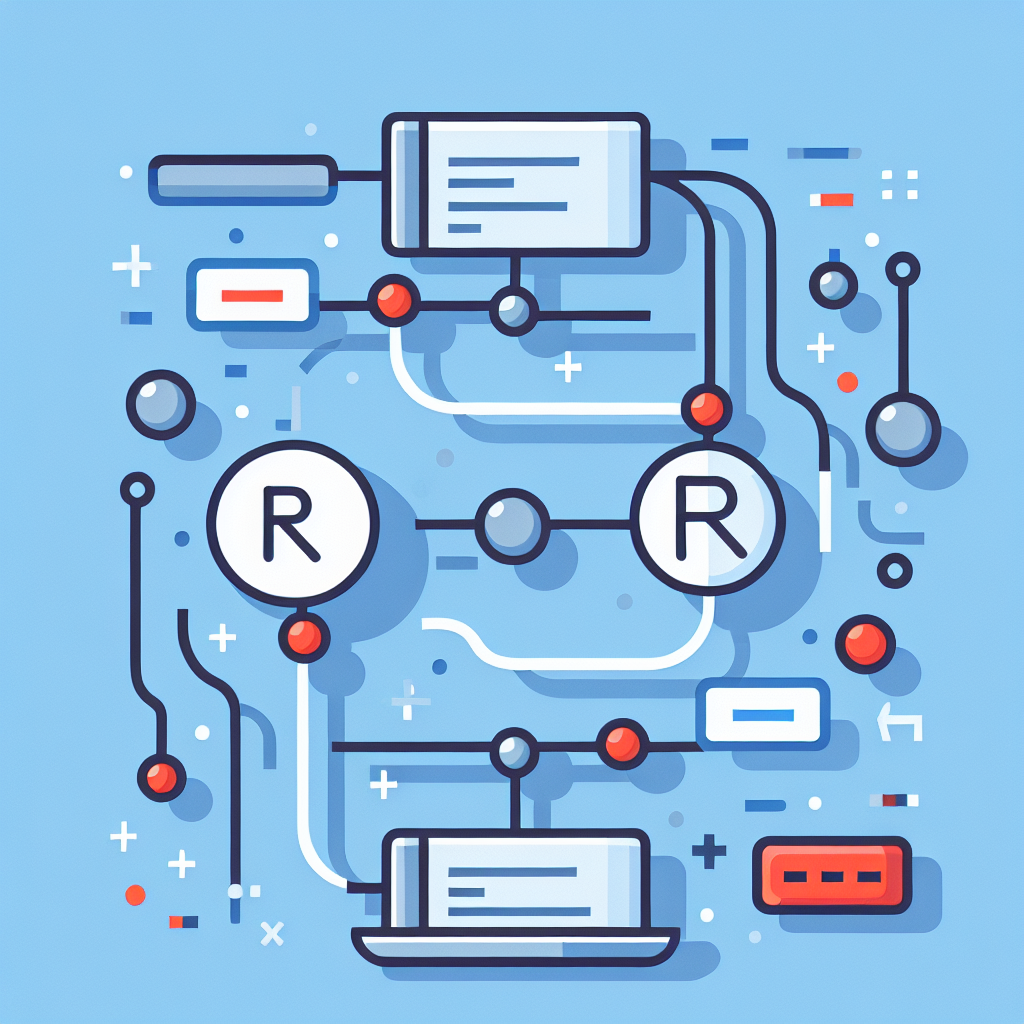Convert R to VB.NET: Streamline Your Code Today
Easily convert R scripts to Visual Basic .NET with our powerful tool. Boost productivity and streamline coding with seamless integration. Try it now!
Source Code
Converted Code
Output will appear here...
The R to Visual Basic .NET converter is a powerful tool designed to seamlessly transform R scripts into VB.NET code, enhancing productivity for developers transitioning between the two languages. Ideal for data analysts and software engineers, this tool ensures code accuracy and efficiency, facilitating smoother integration of statistical analysis into .NET applications. Boost your workflow with reliable conversions, making data-driven decision-making more accessible.

R to Visual Basic .NET Conversion Tool Link to this section #
Efficiently converting code from R to Visual Basic .NET is crucial for developers working across these platforms. This tool simplifies the transition, ensuring seamless integration and functionality.
Key Features Link to this section #
- Automated Code Conversion: Eliminates manual errors by automatically translating R scripts into VB.NET syntax.
- Syntax Highlighting: Enhances readability with distinct coloring for different code elements.
- Error Handling: Identifies common conversion issues and suggests fixes.
Why Use This Tool? Link to this section #
- Time-Saving: Reduces the time spent on rewriting code manually.
- Consistency: Maintains the logic and structure of original R scripts.
- Cross-Platform Compatibility: Facilitates the integration of R algorithms into Microsoft-based applications.
Code Snippet Example Link to this section #
Here's a basic example of how R code can be transformed into VB.NET:
R Code:
# Calculate the sum of a vector
vector <- c(1, 2, 3, 4, 5)
total <- sum(vector)
print(total)
VB.NET Code:
' Calculate the sum of an array
Dim vector As Integer() = {1, 2, 3, 4, 5}
Dim total As Integer = vector.Sum()
Console.WriteLine(total)
Benefits of Using VB.NET Link to this section #
- Robust Framework: Leverages the .NET framework for enhanced performance and security.
- Integrated Development Environment: Works seamlessly with Visual Studio, offering a comprehensive suite of development tools.
- Community Support: Benefit from extensive documentation and community resources for troubleshooting and learning.
For additional resources on VB.NET programming, explore Microsoft's .NET documentation and R language resources.
This tool is a valuable asset for developers seeking to expand their skills and streamline their workflow across R and VB.NET platforms.
Frequently Asked Questions
How can I convert R code to Visual Basic .NET?
Converting R code to Visual Basic .NET manually involves understanding the logic of your R code and rewriting it using VB.NET syntax. Tools like R.NET can facilitate interoperation, but direct conversion often requires rewriting and testing in the new language environment.
Are there any tools available to help integrate R with Visual Basic .NET?
Yes, the R.NET library provides a bridge to integrate R with .NET languages, allowing you to run R scripts and functions within a VB.NET application. This can be particularly useful for leveraging R's statistical capabilities alongside VB.NET's application development features.
What are the challenges of converting R scripts to Visual Basic .NET?
The main challenges include differences in language syntax and paradigms, such as R's vectorized operations and functional programming aspects versus VB.NET's object-oriented approach. Additionally, R's vast library of packages may not have direct equivalents in VB.NET, requiring alternative solutions or custom implementations.